Accelerating disaster risk reduction in South Asia to keep up with development
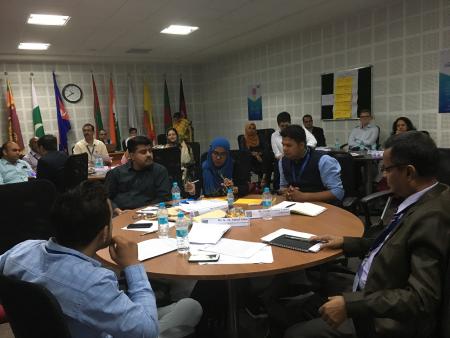
UNDRR, GANDHINAGAR, 12 July 2019 – Countries in South Asia have made remarkable progress in social and economic development. As the world’s fastest growing region, most countries are now classified middle-income countries and enjoy improving social indicators. Between 1990-2017, the average human development index in the region increased by 45.3 percent, making it the region with the fastest growth in human development globally.
The region is also one of the most disaster-prone in the world, facing a diverse set of hazards due to its ecological and geographic diversity. Moreover, as it is home to a quarter of the world’s population, who are increasingly living in dense urban areas, the region hosts one-third of the global number of people affected by disasters.
In light of these challenges and to safeguard development and protect lives, countries in the region have made good progress in switching from simply responding to disasters, to actively seeking to prepare for disasters and reduce their risks.
“A combination of rapid economic growth and rising disaster risk poses grave obstacles to the development trajectory of the countries in the region. For development to outpace disaster risk, a transformational change in the way we address disasters needs to take place – with a primary focus on risk prevention and building resilience,” said Dr. Animesh Kumar, Deputy Chief of the UN Office for Disaster Risk Reduction (UNDRR) in Asia-Pacific.
To make a strong case for risk prevention, the interim unit of the South Asian Association for Regional Cooperation Disaster Management Centre (SDMC-IU) and UNDRR co-organized a regional workshop for all eight SAARC Member States to accelerate their disaster risk management efforts. Participants were drawn from the national disaster risk management agencies and ministries responsible for planning and finance. The workshop was supported by the UNDRR Global Education and Training Institute and the International Recovery Platform Secretariat.
Highlighting the importance of the workshop to the SAARC countries, Mr. P. K. Taneja, Director of the SDMC-IU, said: “risks faced by SAARC member states are not individual but always shared, therefore we need mechanisms to address common challenges. Risk knowledge should be at the forefront of all our planning and development decisions.”
The ambitious three-day workshop covered a number of interconnected issues that all countries must address to build their disaster resilience and ensure their development investments are risk-informed. This starts by ensuring overall coherence in the government’s approach to development, climate action and disaster risk reduction. Participants shared good practices in implementation of their DRR strategies and identified institutional and financial barriers to risk prevention.
“In the Maldives, development used to be ad-hoc. As a result, large-scale land reclamation projects increased our vulnerability to disasters. However, we have now realized how important it is to assess our risk and to adopt an integrated risk management approach,” said Ms. Zeeniya Riyaz from the Maldives Ministry of Planning and Infrastructure, who spoke about the process her country was adopting in developing its first national development plan.
Building on the common challenges and shared risks among the SAARC Member States, the workshop will result in a roadmap to revise the regional SAARC Disaster Risk Management Framework to align it with the Sendai Framework for Disaster Risk Reduction and the 2030 Agenda for Sustainable Development.
The workshop also benefited from technical support and advice by the Asian Development Bank, Asian Disaster Preparedness Center, World Food Programme, UNICEF, Japan International Cooperation Agency and SEEDS-India, who all shared their insights during special sessions on financing, building back better, housing reconstruction, and partnerships.
SAARC participants also benefited from hearing about the experiences of other Asian regional intergovernmental organisations in the development of their regional DRR strategies, such as the Association of Southeast Asian Nations (ASEAN) and the Pacific Island Forum Secretariat (PIFS).








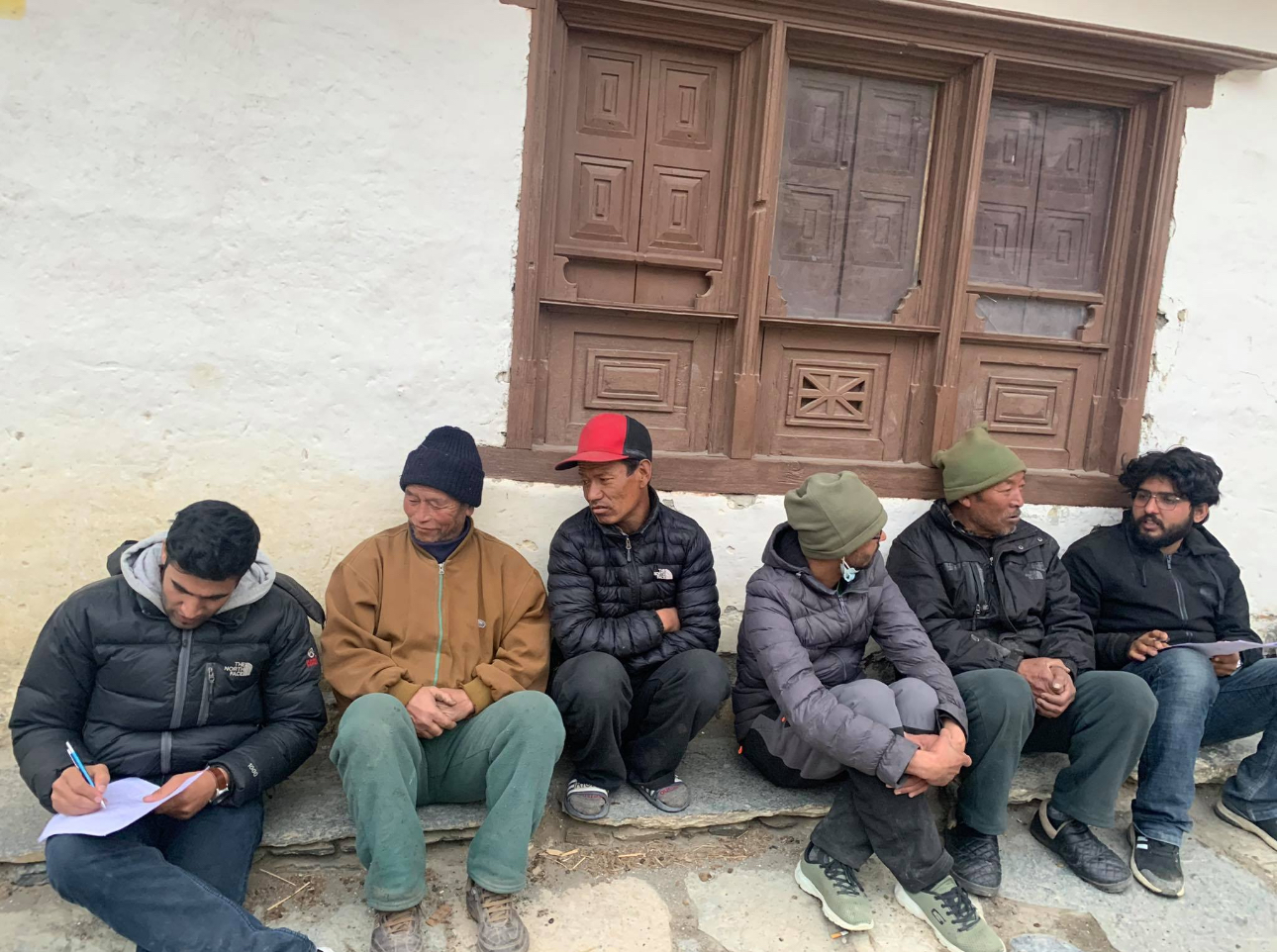
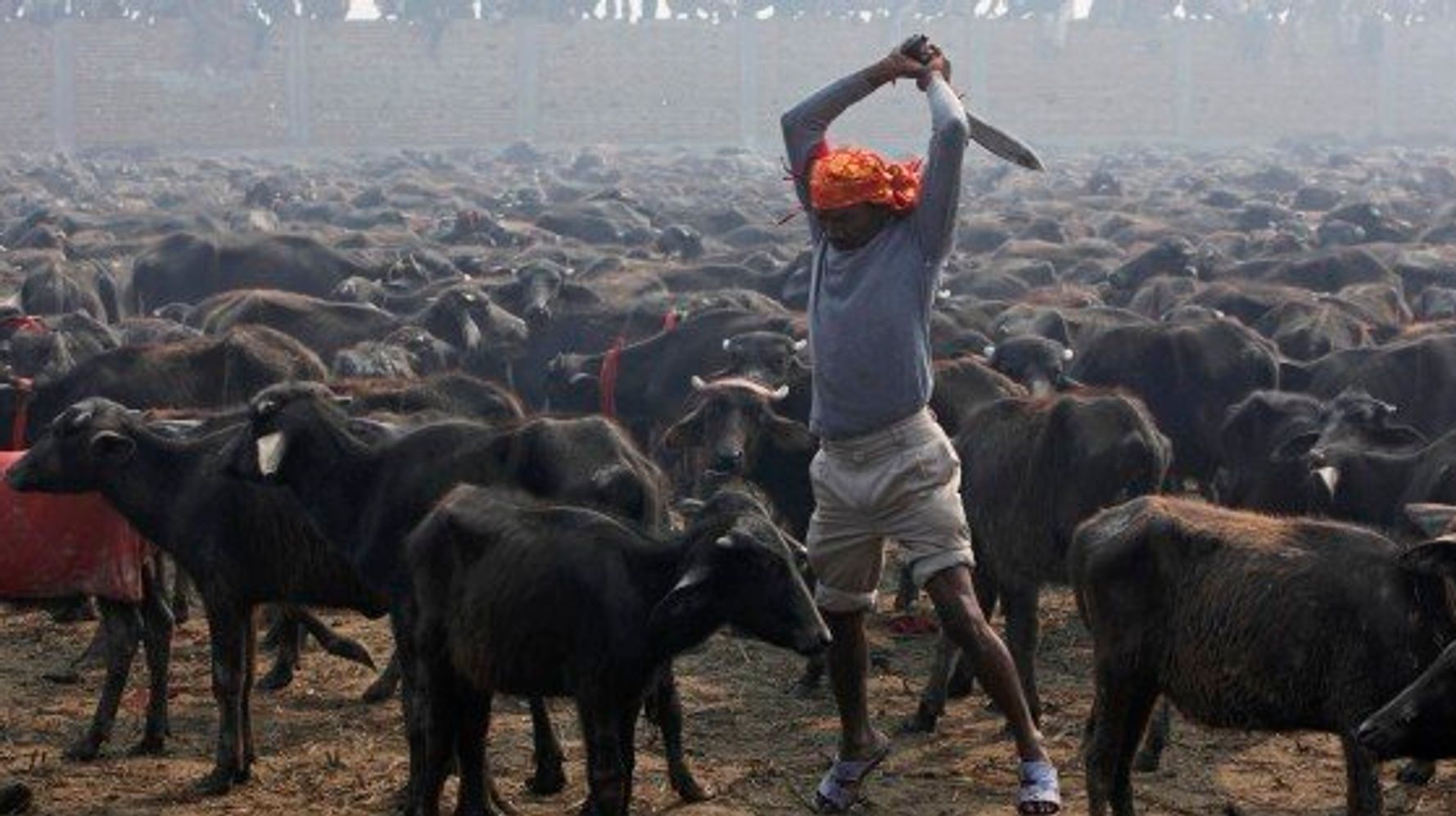
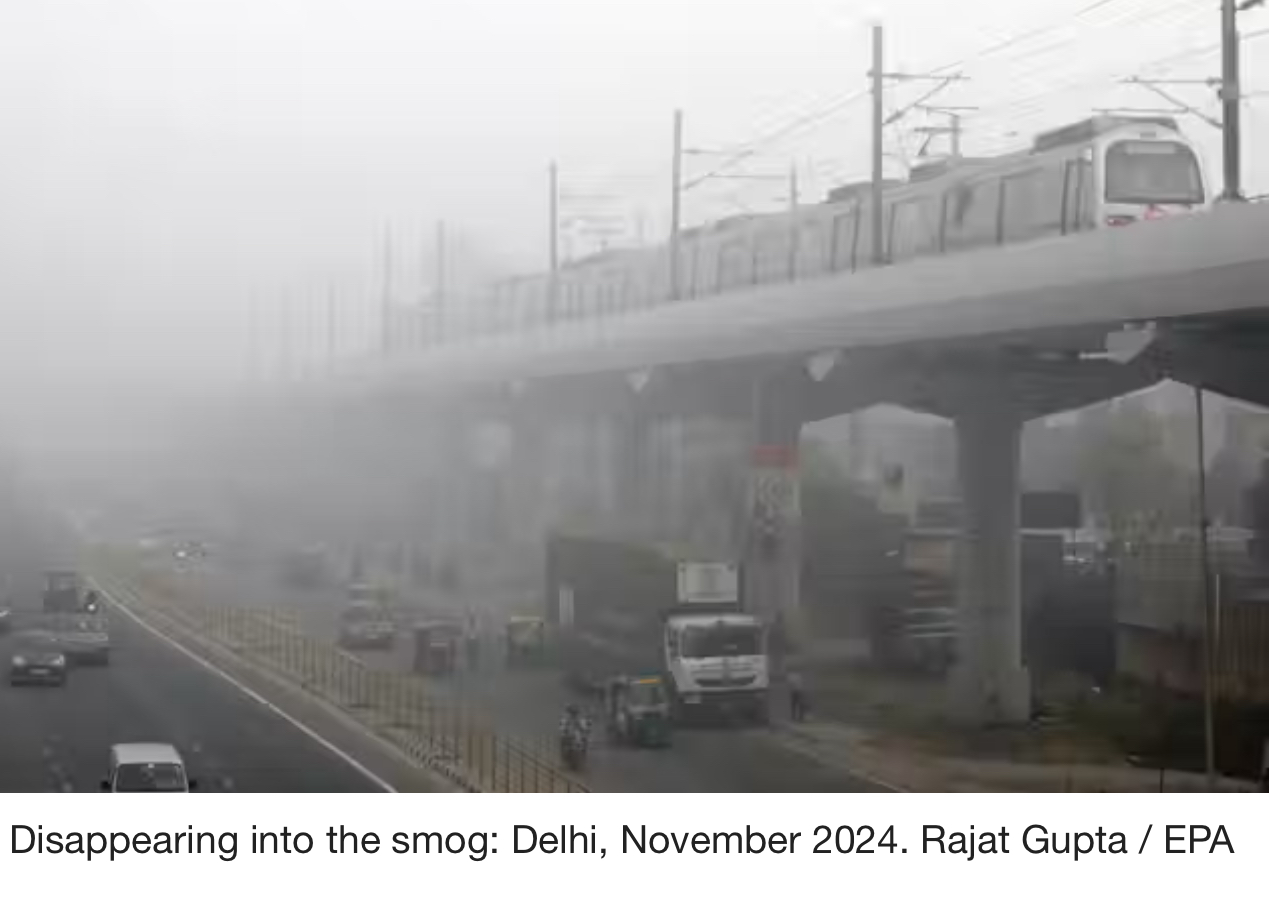
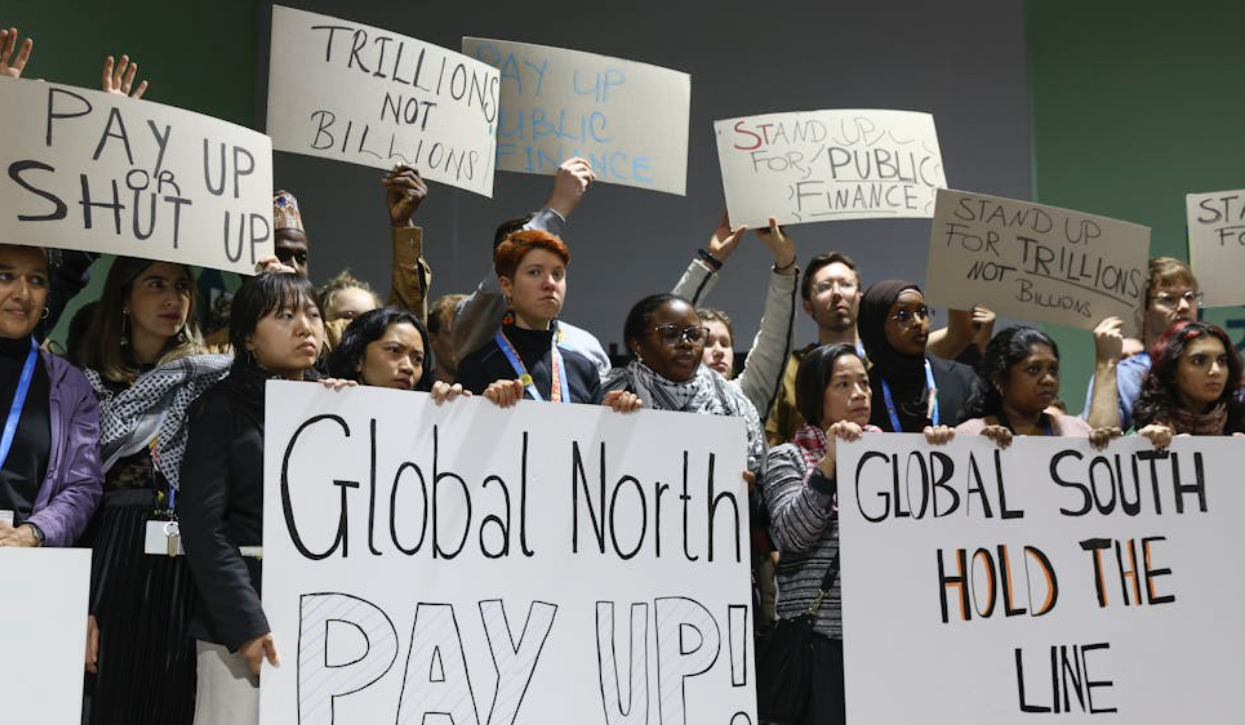






Facebook Comments